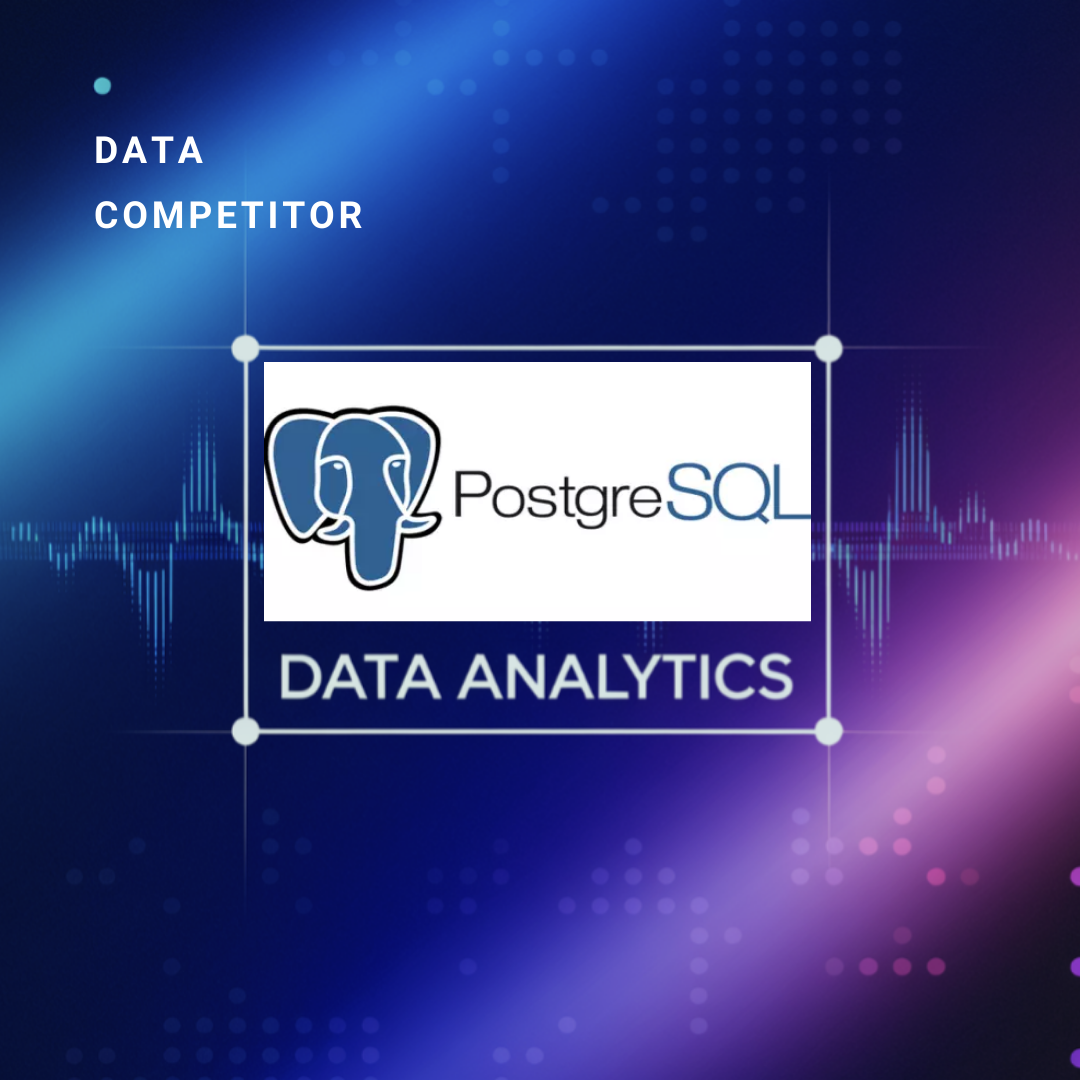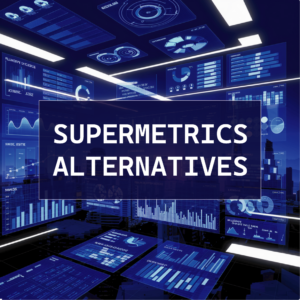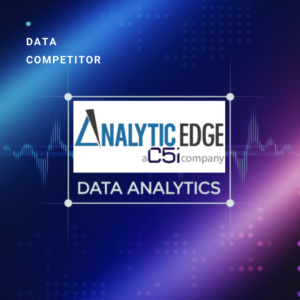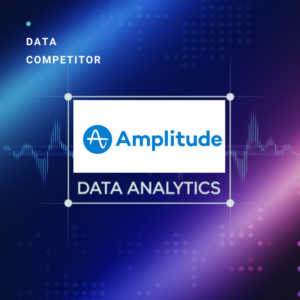PostgreSQL is an open-source object-relational database. Popular for its reliability, performance, and numerous properties, the software boasts close to 40 years of active development. The platform relies on the SQL language for standard querying, but languages like Java, Python, and JavaScript can be integrated through additional extensions or APIs.
PostgreSQL is highly scalable, so it can handle huge quantities of data at any given time and accommodate numerous users simultaneously. This makes it a good option for high-demand, data-intensive apps. But how good is this tool for your everyday data needs?
PostgreSQL Functionality
The platform offers a range of functionalities, as described below:
- Extensibility: enables you to generate custom functions, define your own data types (continuous vs discrete) and index types. You can also write scripts from various programming languages without modifying the database.
- ACID compliant: adheres to the concepts of Atomicity, Consistency, Isolation, and Durability (ACID), which promote data integrity.
- Security: protects data through access control, multi-factor authentication with certificates, column & row-level security, and more.
- Concurrency control: applies Multi-Version Control (MVCC) to manage high transaction loads with minimal locking.
PostgreSQL Data Transfer
The software permits you to migrate data internally and within other systems or apps. Here are the techniques used:
- COPY: This is a command that facilitates the export and import of big data files quickly (mainly in text or CSV formats).
- SQL-based ETL: Queries are used to extract and manipulate data prior to loading it to chosen destinations.
- Logical replication: allows you to copy specific data between databases in real-time using a publish-subscribe model. This makes it possible to perform selective replication and customization.
- Foreign data wrappers (FDWs): act as powerful data collection methods by providing easy access to external data sources. This ensures effortless querying and consolidation across databases.
PostgreSQL Reporting
You can generate reports with PostgreSQL using one or more of these techniques:
- Direct SQL queries: entails writing complex SQL queries to retrieve certain data or merge multiple tables to create custom reports.
- Programming languages: allows you to use languages like R or Python to explore data and formulate reports that align with your business needs.
- Reporting tools: you can integrate PostgreSQL with third-party tools like Power BI, Tableau, or Looker Studio to create attractive reports. These can range from search engine ranking reports to marketing reports, sales reports, customer analytics reports, and more.
- Materialized views: these store the results of complex queries as static data, facilitating quick report creation. They don’t perform real-time data queries, making them perfect for reports focusing on performance rather than data freshness.
PostgreSQL Customer Support
With PostgreSQL, you have community and commercial support options. Let’s explore them in detail below:
- Documentation: offers in-depth insights on how the platform works to help users navigate the platform with ease.
- Community: includes online forums where users assist one another in answering questions or issues related to the platform. Important discussions on best practices, security updates, extensions, the difference between discrete and continuous data, and how to manage each type also happen on these forums.
- Mailing lists: helps users and developers in asking questions and sharing knowledge.
- Paid support services: available from various firms offering professional services to the PostgreSQL community.
Customer feedback on PostgreSQL customer support is generally positive. Below is a review of a customer appreciating the great support the platform offers.

PostgreSQL Price Breakdown
PostgreSQL is open-source in nature, so you can use it for free under the original license. Also, you won’t be required to pay any licensing fees, making it a perfect option if you rely on the database for personal projects, enterprise-level apps, etc. Nonetheless, some companies provide premium PostgreSQL packages for customers requiring extra services like professional support, managed hosting, database optimization, and training.
PostgreSQL Free Trial
Since the platform is available at $0, there’s no free trial. You can access all the features at zero cost once you download and install it on your devices. There are no startup costs (assuming you already have the necessary hardware and software) or payments for upgrading software with patches or new releases.
PostgreSQL Price Packages
Using a managed platform is recommended, especially if you have large or complex data needs. Such a service deploys PostgreSQL and handles all overhead on your behalf. Some trusted platforms worth considering include Amazon Web Services, Google Cloud, IBM, DigitalOcean, and Microsoft Azure. We sampled the pricing packages offered by DigitalOcean below:

The costs range between $19 to $2,900/month, depending on the features you need. These plans expand basic PostgreSQL resources, enabling you to enjoy more storage, CPU cores, and memory. All plans include email support, where you fill out a data collection form for support tickets. The response time varies depending on your chosen storage capacity, allowing you to receive faster support as resources increase.
PostgreSQL Customer Reviews
PostgreSQL has received hundreds of positive reviews on G2, with a 4.4 out of 5 rating. Most users are appeased by its ease of use, open-source nature, and features. However, there are concerns about complex configurations and the steep learning curve for beginners. Let’s see what some customers say about the product:

This user finds PostgreSQL user-friendly and, for this reason, recommends it to others.
It appears that the client is familiar with PostgreSQL, likely through consistent use and hands-on experience with its functionalities. For beginners, however, the learning curve can be steep. PostgreSQL demands a comprehension of SQL queries, table formatting, and database management concepts, which may not be immediately intuitive. Mastering PostgreSQL requires dedication, hard work, and patience.

The client loves PostgreSQL’s robust functionalities, detailed documentation, and ability to connect with multiple tools.
The numerous features at zero cost make PostgreSQL a top choice for many individuals and businesses. Its extensive documentation is invaluable for beginners and experienced users alike, greatly simplifying navigation. Although PostgreSQL connects with other tools, ensuring smooth data flows across platforms can be complicated, particularly when working with big datasets. Additional setups or configurations may be necessary.
PostgreSQL Pros and Cons
| Pros | Cons |
| Open-source: the platform is free to use and distribute. | Steep learning curve: New users may experience challenges navigating the platform initially. |
| Customer support: offers many customer support options. | Resource intensive: high demand for storage and memory for complicated operations. |
| Data integrity: complies with the ACID principles, ensuring data consistency. | |
| Security: includes powerful security capabilities to protect data from breaches. | |
| Data integration: connects with different platforms, including marketing analytics tools, BI tools, other databases, etc. |
Verdict
PostgreSQL can assist you in performing a range of functions, including data analysis, complex querying, storage, and data integration (for discrete vs continuous data types). The best part is that you enjoy all these properties at zero costs. Moreover, it has strong security measures to keep your data safe, along with various customer support options to help troubleshoot any issues. However, PostgreSQL’s steep learning curve can make it challenging for novices, who may find it less intuitive initially. Over time, though, it proves to be a powerful, reliable choice for database management.





Leave a Reply